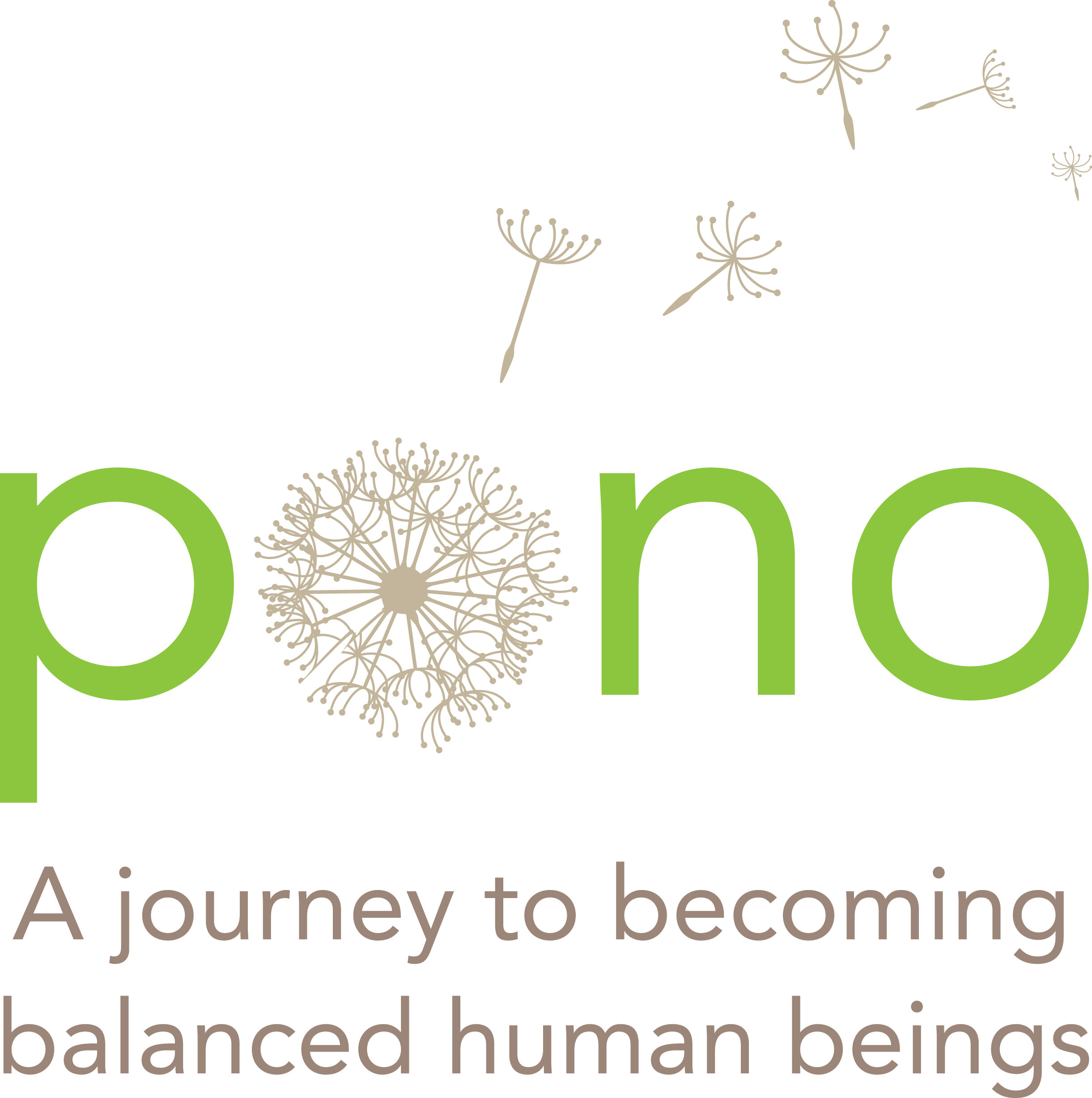Democracy Benefits Students and Teachers
Kate with Pono students getting ready for a city field trip.
If you ask me what I’ll be teaching the first week of next term, I’ll have absolutely no idea. It could be a poetry class or a lesson on Bollywood movies or a field trip to an animation studio. I know instructors at traditional schools who can say exactly what they’ll be teaching on any given week of the following school year. They’ve honed their lesson plans and return to them every fall, but my classroom schedule depends on what my students ask to learn about.
Pono’s democratic model builds a curriculum based on the students’ interests and requests. So far this year, my class has asked to learn about a variety of topics, including North Korea, manga, geometry, physics, and songwriting. Because I’m not a polymath, I can’t teach every subject my students want to learn. But I can tap into New York City’s rich resources and provide my students with learning experiences that engage and challenge them, while connecting them to their interests. Pono is unique because in addition to being democratic, it’s an outdoor school, meaning students spend at least fifty percent of their time outside of the classroom. This allows me to take my students out into the city, and beyond. We visit museums, but also nature reserves, factories, art studios, and more. And when students request a subject that’s in my area of expertise, I enjoy the opportunity to share my knowledge and experience with them.
Before the start of every new term, my colleagues and I schedule visiting teachers, make field trip arrangements, and prep our in-house lessons. While I don’t have a standard curriculum that I can return to year after year, I do have the freedom to learn with my students. Their interests have taken me on walking tours of the Lower East Side, through the woods of Westchester County, and into Costa Rican rainforests. With my students, I’ve learned from scientists, historians, artists, authors, and dancers. And I’ve learned many lessons from my students, including the backstories of various Greek gods, how to knit, and the best way to make your own bubblegum.
Of course, the current situation brought on by COVID-19 has changed my classroom, along with classrooms throughout New York. The physical Pono space is closed, and I can’t meet with my students in person. However, virtual Pono is open, allowing me to continue teaching and to take my students on online field trips. We’ve soared to the pinnacles of Antoni Gaudí’s basilica, La Sagrada Familia, and even traveled across space and time though a stunning animation of Marie Howe’s poem “Singularity.” In a lesson about Poland, we watched a video of pianist Jan Lisiecki performing Chopin’s Nocturne in C-Sharp Minor. One of my students, who had never shared that he plays an instrument, suddenly told us he’s been practicing a Chopin piece and played the piano for us. It was an unexpected moment of joy. The democratic model allows my students to see where their interests can take them, and as their teacher, I have the privilege of joining them on their learning journey.
One unexpected benefit of a virtual classroom is that it enables Pono to open its doors to students around the world, introducing many of them to democratic learning. We are currently offering Pono after-school classes for any children who would like to join, inviting them to be active participants in their education. And I hope they’ll discover the most important thing my students have taught me — that having a voice in how and what we learn benefits us all.
About the Author
Kate Deshmukh is an educator and the director of admissions at Pono, NYC’s only democratic outdoor school. She lives in New York City with her husband and daughter.


